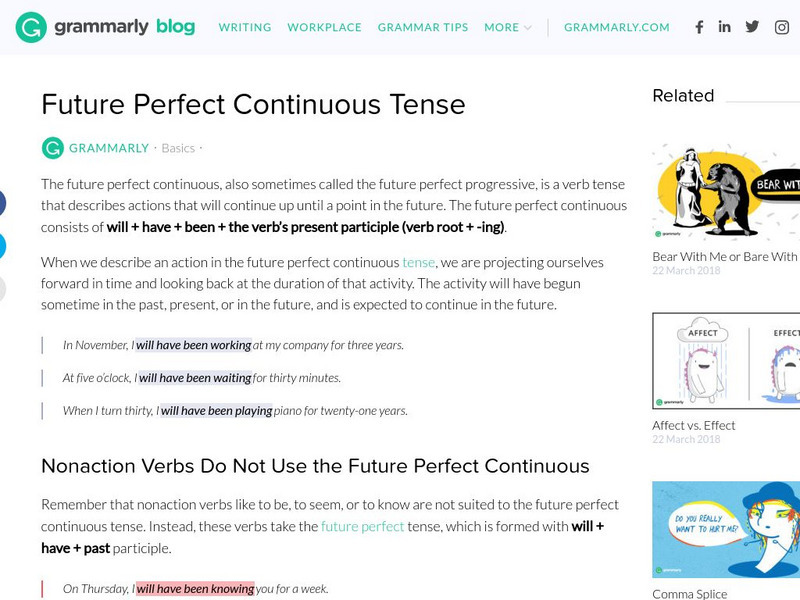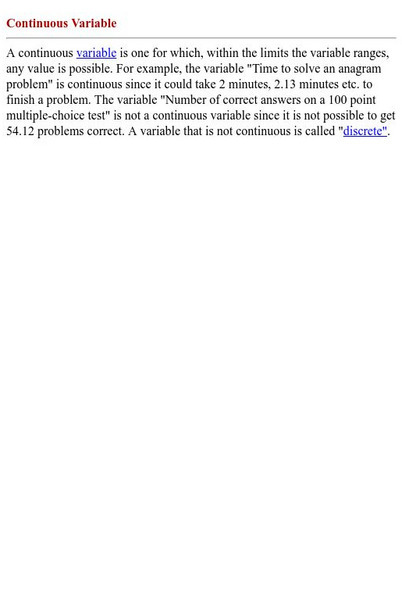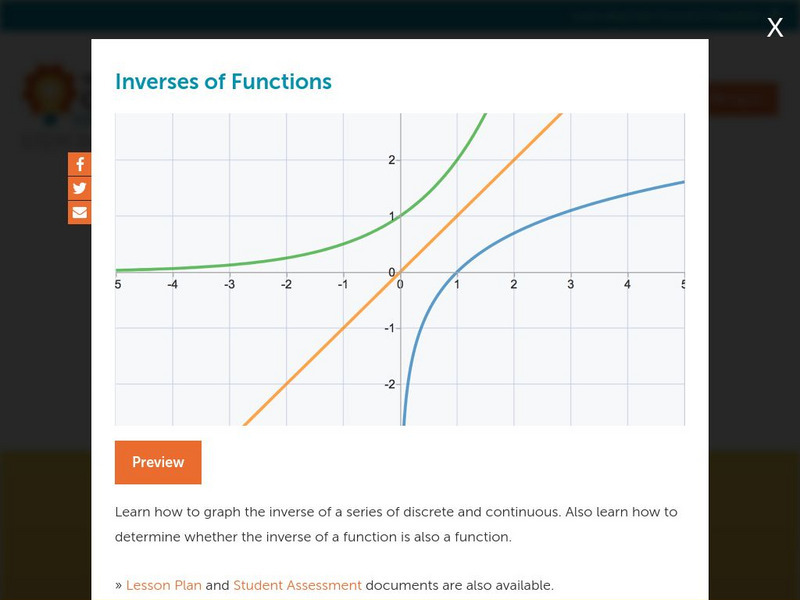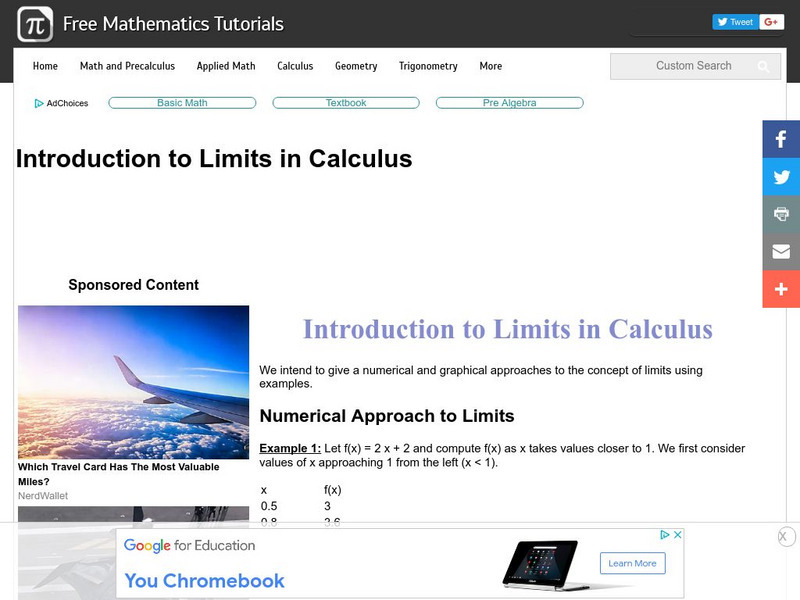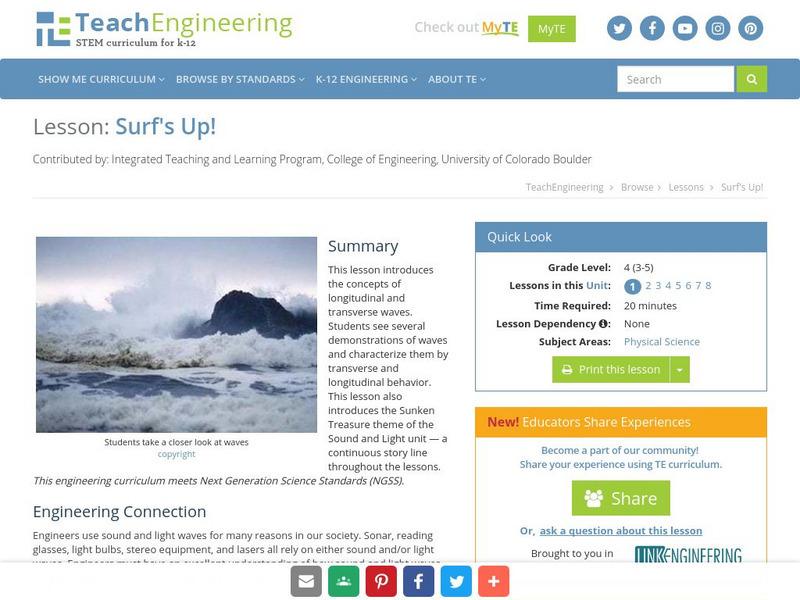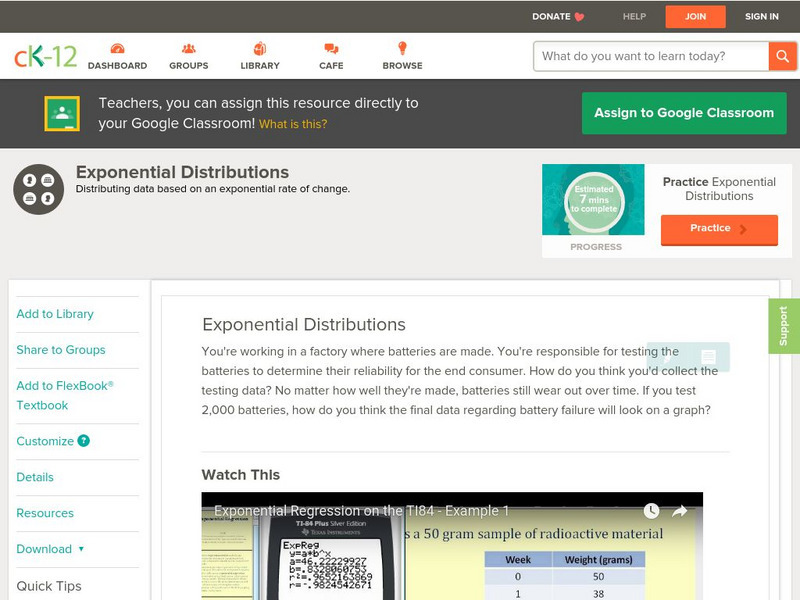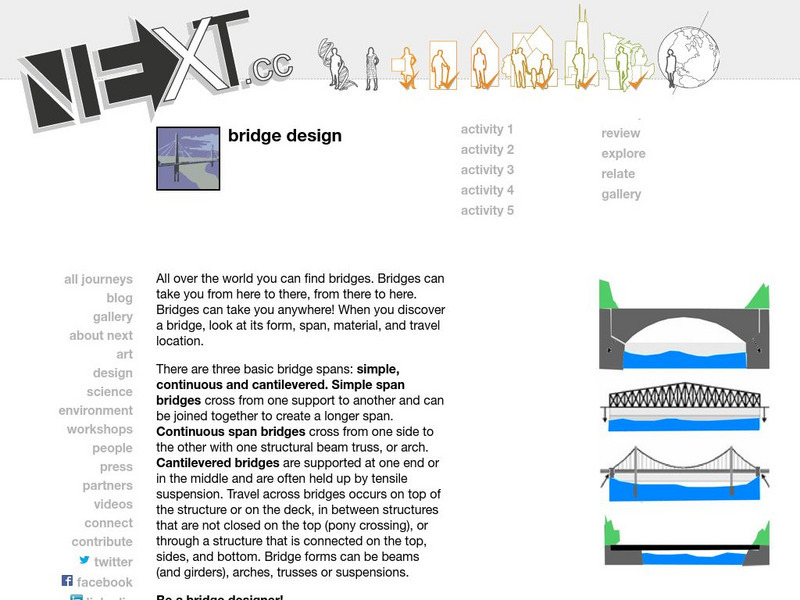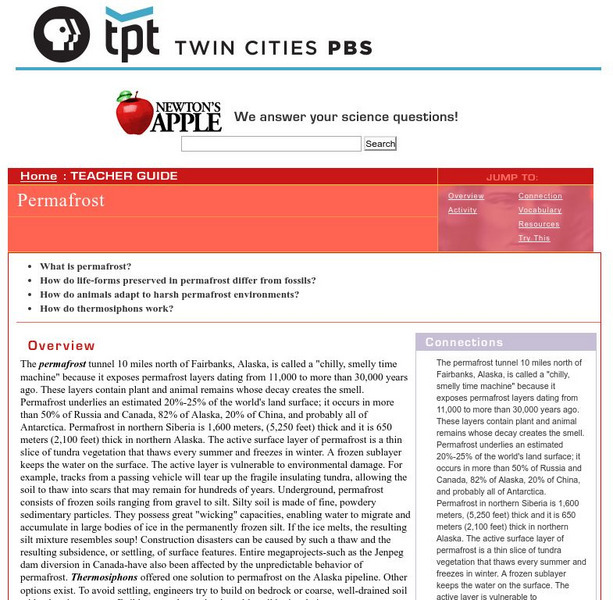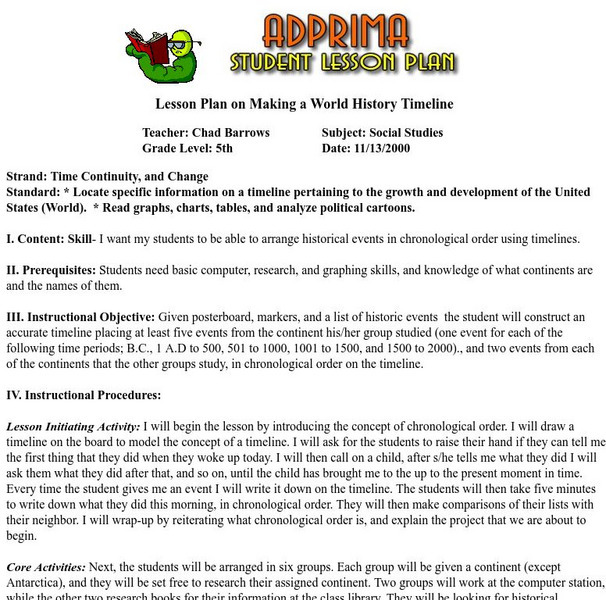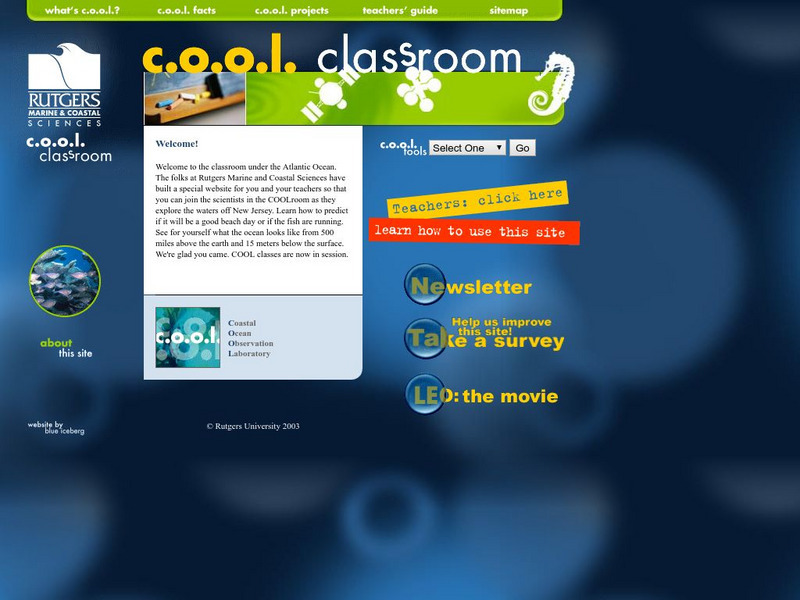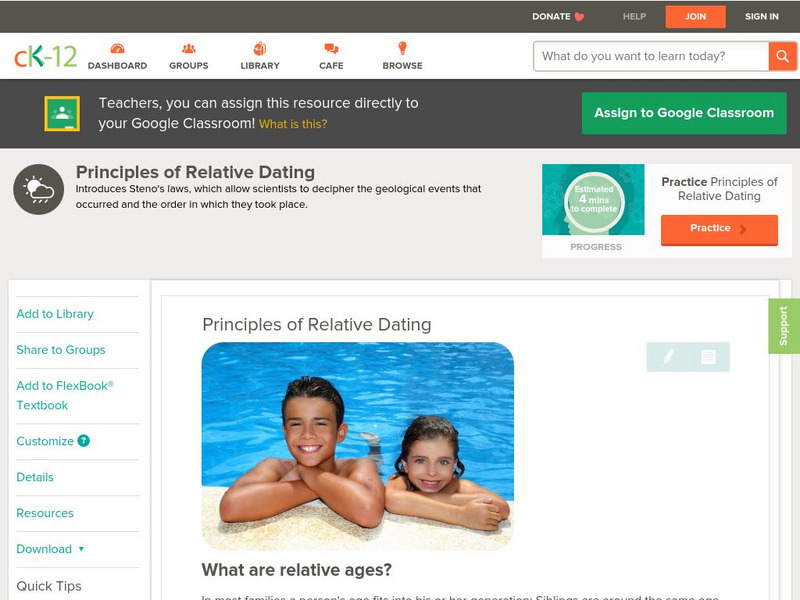Lawrence Hall of Science
The Math Page: An Approach to Calculus: Continuous Functions
Here is a site that clearly and thoroughly explains continuous functions and what it means for a function to be continuous. There are example problems solved, problems for the student to attempt, and answers to the student problems....
Grammarly
Grammarly Blog: Future Perfect Continuous (Progressive) Tense
This page explains what future perfect continuous (progressive) tense means and how it is formed; examples are provided.
Math Open Reference
Math Open Reference: Continuity: An Informal Discussion
Learn about continuity with this handy reference guide. Provides a detailed definition and examples that enhance further explanation. Includes links to related topics.
Rice University
Hyper Stat Online Statistics Textbook: Continuous and Discrete Variables
The basic definitions of continuous and discrete statistics variables are provided here.
Concord Consortium
Concord Consortium: Inverses of Functions
Learn how to graph the inverse of a series of discrete and continuous. Also learn how to determine whether the inverse of a function is also a function.
TeachEngineering
Teach Engineering: The Science of Swinging
Students learn what a pendulum is and how it works in the context of amusement park rides. While exploring the physics of pendulums, they are also introduced to Newton's first law of motion - about continuous motion and inertia.
Analyze Math
Analyze Math: Introduction to Limits in Calculus
The tutorial investigates numerical and graphical approaches to calculating the limit of a function. Examples with detailed solutions are included.
Choices Program, Brown University
Choices: Teaching With the News: The Costs of War
Learning module with scholars online video and readings with which to explore the human, economic, social, and political costs of the wars in Iraq and Afghanistan.
TeachEngineering
Teach Engineering: Pop Rockets
Students design and build a paper rocket around a film canister, which is used as the engine. An antacid tablet and water are put into the canister, react to form carbon dioxide gas, and act as the pop rocket's propellant. With the lid...
TeachEngineering
Teach Engineering: Surf's Up!
This lesson introduces the concepts of longitudinal and transverse waves. Students see several demonstrations of waves and characterize them by transverse and longitudinal behavior. This lesson also introduces the Sunken Treasure theme...
PBS
Pbs Teachers: Scientific American: Don't Forget! Memory Tests 9 12
Explore scientific research that says continued brain activity may delay or slow the loss of memory function. Investigate and practice different techniques to increase recall.
CK-12 Foundation
Ck 12: Probability: Exponential Distributions
[Free Registration/Login may be required to access all resource tools.] Covers exponential distributions. Presents examples using a graphing calculator as well as guided and independent practice questions.
Richland Community College
Richland Community College: Geometric Sequences
Richland Community College provides a lesson on geometric sequences. This site has explanations and examples of their properties.
Next.cc
Next: Bridge Design
Investigate the three basic bridge spans by engaging in the activities provided. Includes links to explore related sites pertaining to bridge design.
PBS
Newton's Apple: Permafrost
How can something be preserved for 30,000 years? How can humans adapt to permafrost? What can permafrost tell us about our past and future climate? These questions are answered in this concise site.
ArtLex
Art Lex: Rhythm
This site from Artlex provides a thorough definition of the Principle of Design known as Rhythm. There are links to other sources and terms as well as visuals from artists such as Klee, Matisse and Mondrian that show further examples.
PBS
Pbs News Hour: Ex State Dept Official Explains Exit Over Afghan War Strategy
Read about why one American official has resigned in protest to America's occupation in Afghanistan. (29 October 2009)
Other
Adprima: Lesson Plan on Making a World History Timeline
Lesson in which students construct timeline of at least five historical events with sections on activities, assessment, self-assessment, follow-up activities, and more.
Other
Rutgers Marine & Coastal Sciences: Cool Classroom
Students and teachers can explore the work of marine scientists and observe the ocean from their computers. Learn about Rutgers Coastal Ocean Observation Laboratory, discover why oceanography is important, and see what life is like in...
Science Struck
Science Struck: How Do Optical Illusions Work?
Learn how the eyes play tricks on us when we look at optical illusions. This resource explains many of the techniques used to challenge our visual perception.
CK-12 Foundation
Ck 12: Earth Science: Principles of Relative Dating
[Free Registration/Login may be required to access all resource tools.] Introduces Steno's laws, which allow scientists to decipher the geological events that occurred and the order in which they took place, including how the relative...
CK-12 Foundation
Ck 12: Earth Science: Principles of Relative Dating Study Guide
[Free Registration/Login may be required to access all resource tools.] This study guide summarizes key principles used in relative dating. Includes a few questions to check for understanding.
Other
Moorland School: Earth Science Zone: The Rock Cycle
Did you know the rock cycle is a continuous cycle that takes hundreds of millions of years? This webpage explains how sedimentary, metamorphic, and igneous rocks are formed. It also gives examples of each type of rock. Also includes a...
Mocomi & Anibrain Digital Technologies
Mocomi: Present Tense and Its Types
Learn about present tense and its types.

